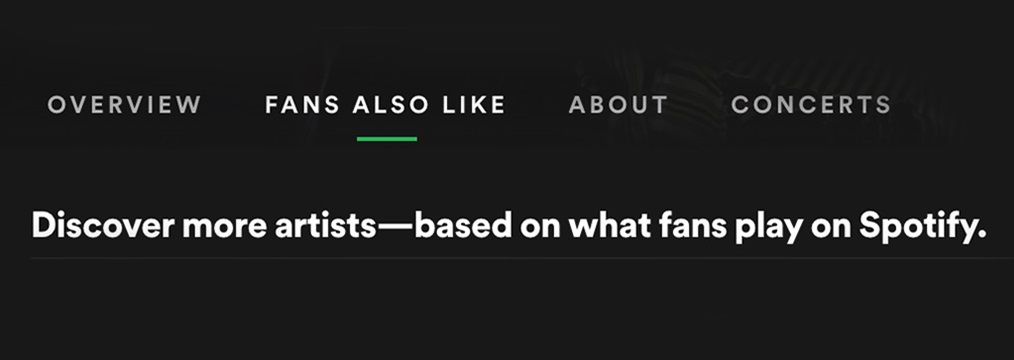
And even cooler: the Spotify API docs give detailed explanations of the meanings of each of these values.
Click on “Create a Client ID” and work your way through the checkboxes. Whether you’re using spotipy or rolling your own, first you need to get client credentials to the Spotify API.Īssuming you already have a Spotify account (free or paid), head over to Spotify for Developers and open your Dashboard. Getting access Getting client credentials This blog is in three parts: first we get registered as a Spotify Developer and use our client credentials to get an access token second we do some very basic exploration of things like album listing or track properties third we combine all this into some more interesting analysis. And there’s a bit less out there for Python-sans-spotipy, so I thought I’d share a get-started guide here.

But I prefer to bake my own janky cake before I try other people’s production-level code. Most tutorials on this for Python rely on the awesome spotipy package.

Spotify has a very developer-friendly API one can use to stream their services via apps, websites, and other very serious ventures - or you can just tinker around with their massive music database and find out how “danceable” your 2020 playlist was.


 0 kommentar(er)
0 kommentar(er)
